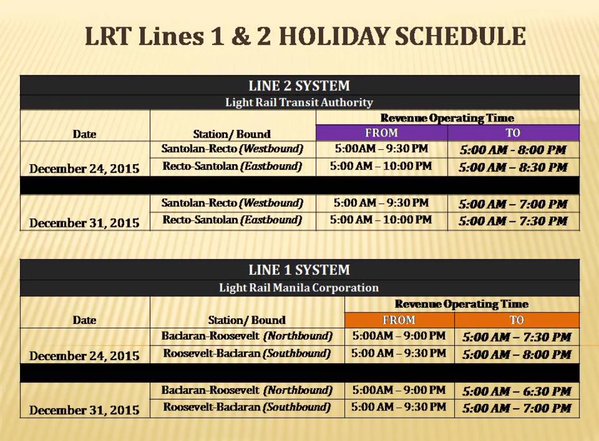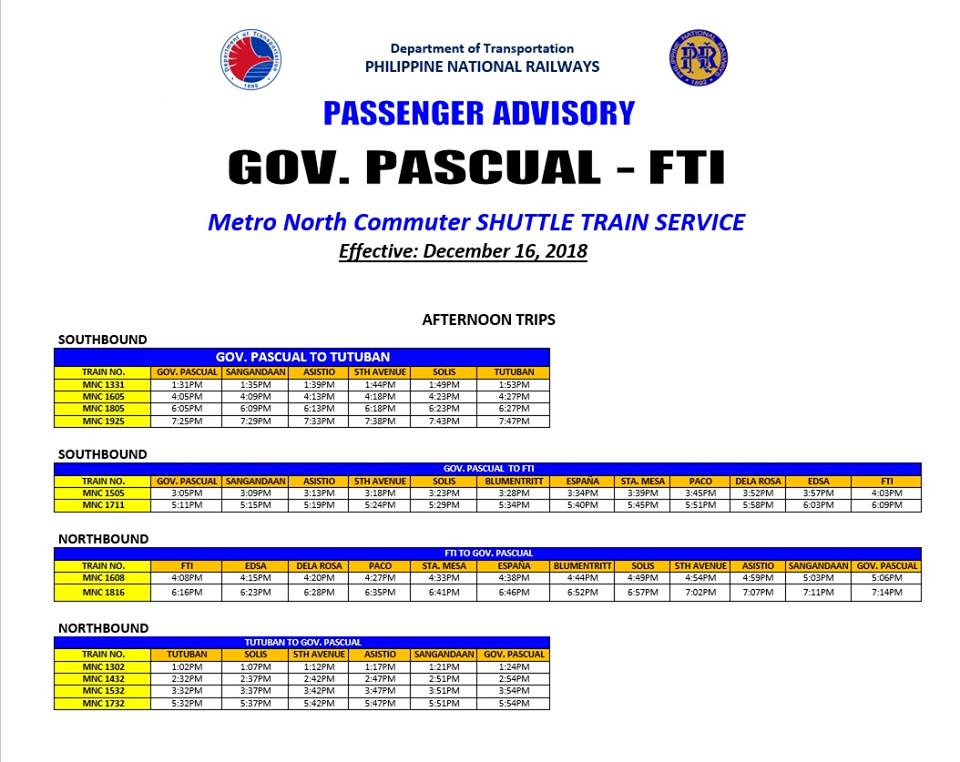


It enjoyed thousands of daily riders in its system and had an expansive commuter rail network in and out of Metro Manila. According to the PNR's website, the agency experienced its heyday during its early years in the 1960s and early 1970s during the early years of president Ferdinand Marcos. The PNR was created in 1964 through the Republic Act 4156 during the presidency of Diosdado Macapagal. Not long after, the Manila Railroad was reorganized into the Philippine National Railways. Flagship services with steam ended on August 12, 1956, while regular services ended in 1963. With most of the railroads rebuilt by the 1950s, the MRR initiated its transition from steam to diesel power. However, the MRR's network and fleet was heavily destroyed during World War II. By 1939, the MRR had 1,140 kilometers (710 mi) of track throughout Luzon. By 1923, the MRR elected José Paez as its first Filipino general manager.

The Manila Railway was later renamed the Manila Railroad in 1906 and became a state-owned enterprise in 1916. The line opened as the Ferrocarril de Manila a Dagupan on November 24, 1892, and the Manila Railway Company was formally incorporated in Manila and in London. Sykes was granted concession rights by the Spanish government to construct a rail line from Manila to Dagupan on June 1, 1887. The origins of the Philippine National Railways can be traced to Edmund Sykes' concession, the Manila Railway Company, Limited. Passengers posing in front of the "Ferrocarril de Manila y Dagupan" (c.

PNR began operations on November 24, 1892, as the Manila Railway Company, during the Spanish colonial period, and later becoming the Manila Railroad Company (MRR) during the American colonial period. It is an attached agency of the Department of Transportation. The Philippine National Railways ( PNR) ( Filipino: Pambansang Daang-Bakal ng Pilipinas and Spanish: Ferrocarril Nacional de Filipinas) is a state-owned railway company in the Philippines which operates one commuter rail service between Metro Manila and Laguna, and local services between Sipocot, Naga and Legazpi in the Bicol Region. 1,435 mm ( 4 ft 8 + 1⁄ 2 in) standard gauge (future)ġ,500 V DC overhead lines ( by fiscal 2023).


 0 kommentar(er)
0 kommentar(er)
